Dresser
A lacquered cabinet with double doors, testament to the European fondness for Chinese and Japanese lacquer objects which began to arrive in Europe in greater numbers from the 16th century onwards. The European elite were particularly fascinated by lacquered cabinets with inner drawers, which were manufactured in East Asia specifically for export. Later, such cabinets were also made in various European factories. Their decoration was inspired by patterns and motifs on imported lacquered objects from Japan and China, and often by printed patterns in books, which were widely circulated at the time. One such book was A Treatise on Japaning and Varnishing, published in 1688 by John Stalker and George Parker.
This lacquered cabinet consists of a scissor-jointed base and curved legs, and a cabinet with red lacquered hinged doors. The French term “cabinet” refers to box-shaped furniture with many drawers of various sizes, which were covered or closed with hinged ... more
A lacquered cabinet with double doors, testament to the European fondness for Chinese and Japanese lacquer objects which began to arrive in Europe in greater numbers from the 16th century onwards. The European elite were particularly fascinated by lacquered cabinets with inner drawers, which were manufactured in East Asia specifically for export. Later, such cabinets were also made in various European factories. Their decoration was inspired by patterns and motifs on imported lacquered objects from Japan and China, and often by printed patterns in books, which were widely circulated at the time. One such book was A Treatise on Japaning and Varnishing, published in 1688 by John Stalker and George Parker.
This lacquered cabinet consists of a scissor-jointed base and curved legs, and a cabinet with red lacquered hinged doors. The French term “cabinet” refers to box-shaped furniture with many drawers of various sizes, which were covered or closed with hinged folding doors from the early 17th century onwards. Behind the door are ten drawers of various sizes, fashioned in the manner of the 15th-century Portuguese and Spanish scritorio or escritorio, for storing stationery and personal belongings. They are decorated in the style of Japanese export lacquerware known as nanban (namban) 南蛮. Nanban basically means “southern barbarians”, which is how the Japanese referred to European foreigners after their first contacts with the Portuguese in the 16th century. Lacquered nanban objects are characterised by gold painting on black lacquer, usually within various geometric frames, and are often decorated with mother-of-pearl. The gold-trimmed drawers are decorated with a European imitation of various wet-paint-on-gold-lacquer-spray techniques known as maki-e. Two basic techniques of maki-e 蒔 絵 are particularly prominent: hira maki-e 平蒔絵 and taka maki-e 高蒔絵. The gold decoration of the first is in lower relief than that of the other.
The motifs depicted are of landscape and floral scenes with individual architectural elements and some simple individual bird designs. The swing doors are painted in gold on red lacquer, and carry a Chinese motif with multi-story pagodas. The use of Chinese and Japanese motifs and the disproportionate rendering of individual motifs suggest European production. This is also indicated by the curved shape of the legs on the base (Fr. cabriole), which was popular in the 18th century.
By the mid-18th century, the imitation of Asian lacquer (japanning) in Europe had become increasingly sophisticated, and various production centres were established, notably, the city of Spa in south-eastern Belgium, Berlin, Dresden, Paris, and Venice. From the beginning of the 18th century, this type of cabinet also became popular in England, often in bright red and decorated with gold painting, and was exported to other parts of Europe, especially Spain, Portugal, Italy, and Germany. European cabinet production was a complex business, with numerous mutual influences, so that it is often difficult to determine the exact origin of production. (NVS)





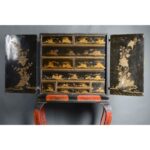



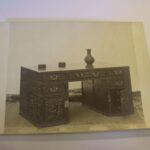


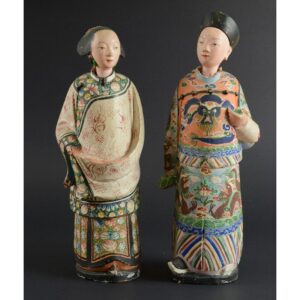



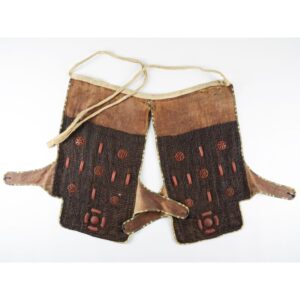







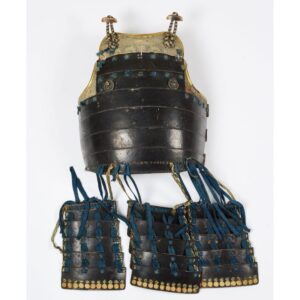


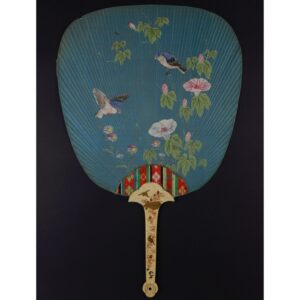






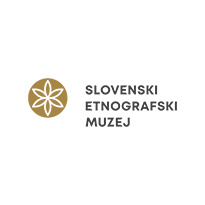



Do you have a comment or additional information about the subject?